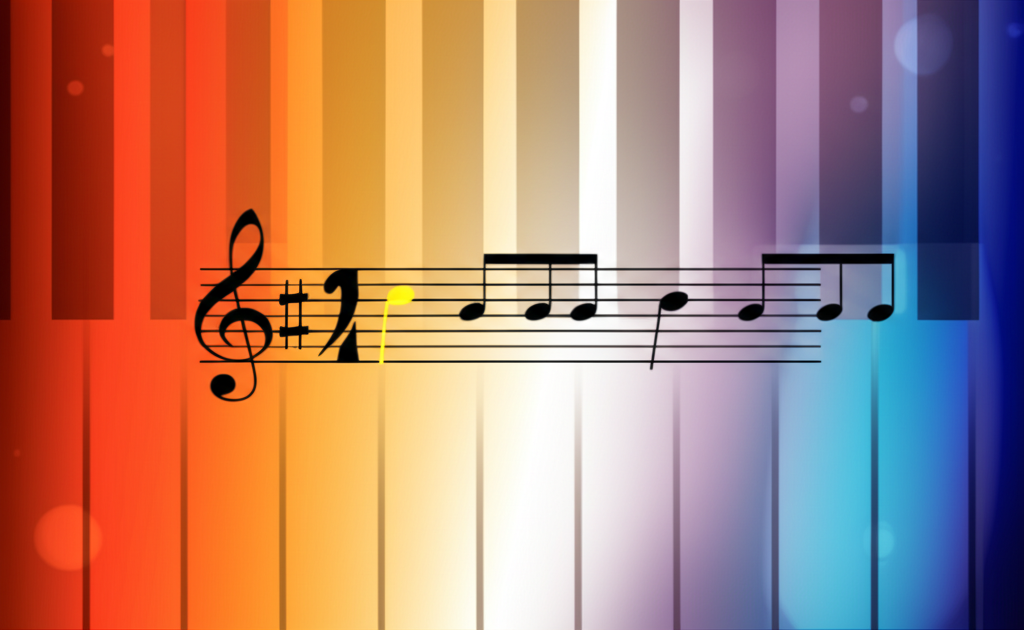The perfect octave is one of the most fundamental intervals in music theory. It is the distance between two notes where the higher note has exactly double the frequency of the lower note. This interval is called "perfect" because of its pure and consonant sound, which is universally recognized across different musical cultures.
Definition and Explanation
A perfect octave is an interval spanning eight diatonic scale degrees. For example, from C to the next C on the piano keyboard is a perfect octave. The interval is denoted as P8 in musical notation.
Technical Construction
The perfect octave can be constructed using the following formula:
- On the piano: Play any note, then play the same note 12 semitones higher.
- On the guitar: Play any note, then play the same note 12 frets higher on the same string.
Historical Context and Musical Significance
The perfect octave has been recognized since ancient times. Pythagoras discovered the mathematical relationship between the octave and frequency ratios. This interval is foundational in Western music and is used in scales, chords, and melodies across all genres.
Practical Applications
The perfect octave is used in various ways:
- Classical Music: Composers like Bach and Mozart used octaves to create harmony and emphasize melodies.
- Jazz: Octaves are often used in walking bass lines and improvisation.
- Rock and Pop: Power chords and vocal harmonies frequently incorporate octaves.
Progressive Exercises
Here are some exercises to practice perfect octaves:
- Play a C on the piano, then play the C an octave higher. Repeat with other notes.
- Sing a note, then sing the same note an octave higher.
- Play octaves on the guitar using different strings.
Common Usage in Different Genres
Perfect octaves are ubiquitous in music. Here are some examples:
- Classical: Beethoven's "Moonlight Sonata" uses octaves in the bass line.
- Jazz: The melody of "Take the A Train" features octave jumps.
- Rock: The intro to "Smoke on the Water" by Deep Purple uses octaves.
- Pop: Many pop songs use octaves in vocal harmonies, such as "Someone Like You" by Adele.
Ear Training Tips
To recognize perfect octaves by ear:
- Listen for the "same note" quality but higher or lower in pitch.
- Practice singing octaves to internalize the sound.
- Use apps or online tools to test your recognition skills.
